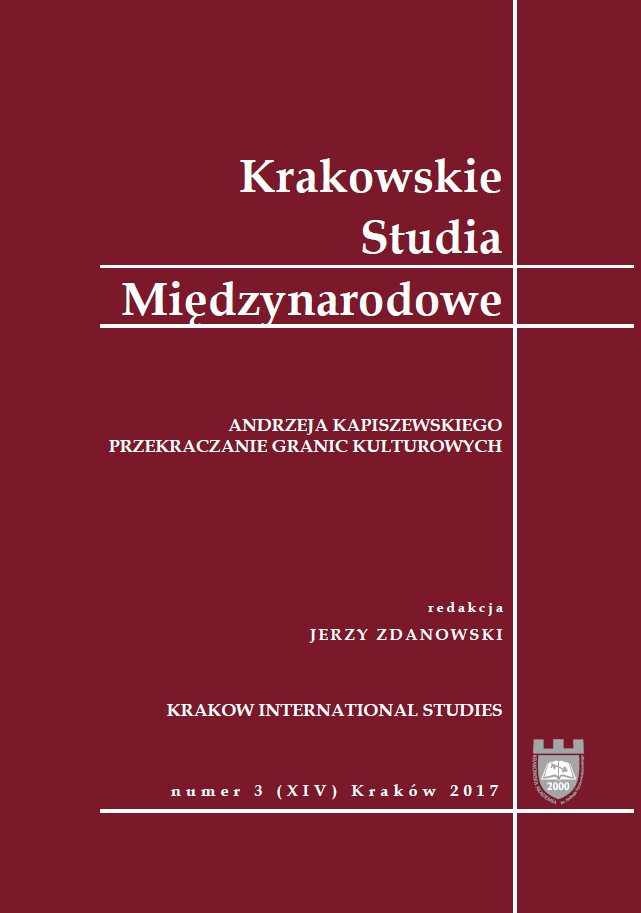Jeszcze raz o obywatelskim nieposłuszeństwie – interpretacje, spory wokół pojęcia
On civil disobedience – interpretation and disputes on the subject
Author(s): Barbara StoczewskaSubject(s): Civil Society, Culture and social structure , Social psychology and group interaction, Social development
Published by: Oficyna Wydawnicza KA AFM
Keywords: civil disobedience; right of resistance; principle of nonviolence; civil society
Summary/Abstract: Over the past few decades, civil disobedience has become one of the most widely studied subjects in jurisprudence. The name which is widely recognized and associated with the term is that of Henry David Thorea for it was his essay, published in 1849 under the title “Resistance to Civil Government” and later renamed “Essay on Civil Disobedience” that fi rst brought this idea to the public attention. After his landmark lectures were published in 1866, the term began to appear in numerous sermons and lectures relating to civil or social oppression in its many forms. In 1866, four years after his death, the term had achieved fairly widespread usage. Among Thorea’s numerous followers were Hannah Arendt, John Rawls, Joseph Ratz and Ronald Dworkin who all, in their own way and method, contributed to the catalog of features associated with the term as we know it today: the active, professed refusal to obey certain laws, demands or commands of a government, or of an occupying international power. Civil disobedience is relatively often defi ned as essentially and profoundly nonviolent. Actions or undertakings which strive to be labelled as such will, therefore, have to be equated with nonviolent resistance and prepared to suff er the penalties set out in the law. In Poland civil disobedience has been discussed in the works of Andrzej Rzepliński, Ewa Łętowska and, most recently, by Artur Szuta and Michał Roch Kaczmarczyk. The most symbolic depiction of the issue held dear in the sentiments of Polish patriots will be the 18th century Polish parliamentarian Tadeusz Rejtan. Today, Polish civil disobedients have chosen a variety of diff erent methods to manifest their discontent. Civil disobedience is often mistaken for the right of resistance, conscientious objection, revolutionary disobedience. But, regardless the confusion those terms might cause, their social standing and signifi cance remain undisputed. It gives rise to independent and spontaneous public debate, free of authoritarian intrusion or imposition. It acts as a free and independent public platform. And, last but not least, it helps to build civil society in its own right.
Journal: Krakowskie Studia Międzynarodowe
- Issue Year: XIV/2017
- Issue No: 3
- Page Range: 83-99
- Page Count: 17
- Language: Polish

